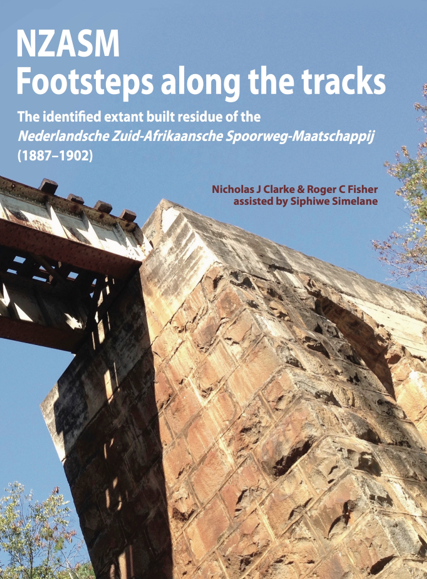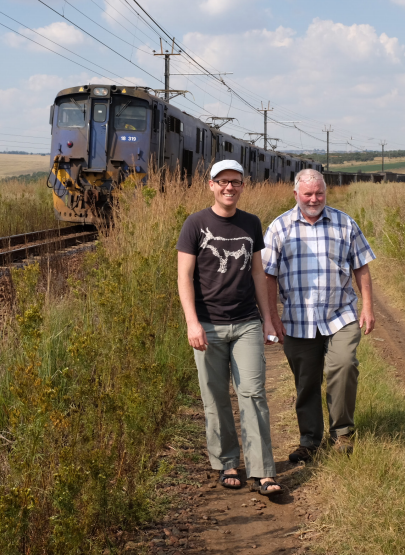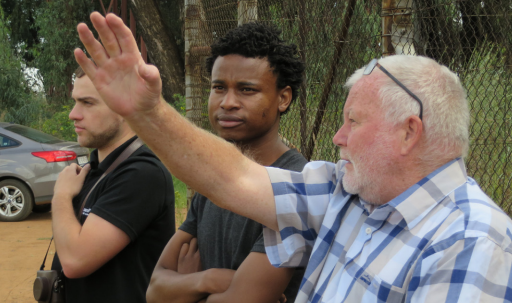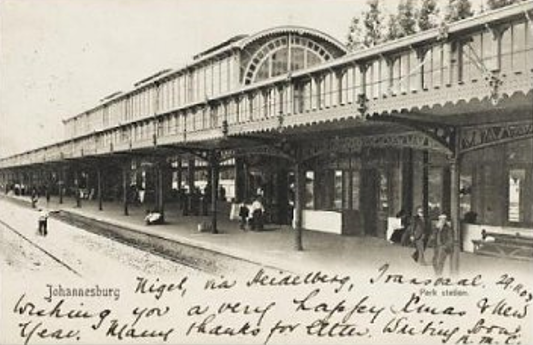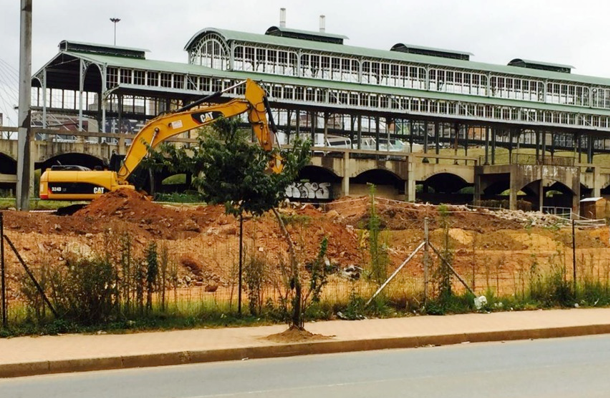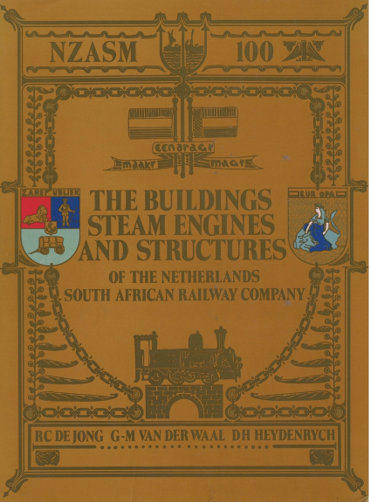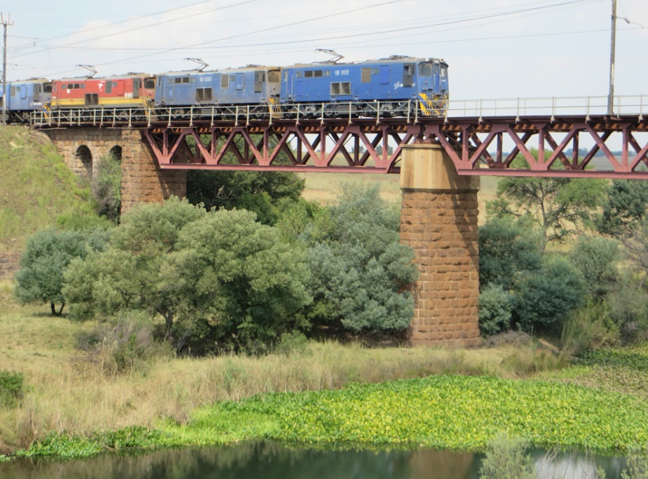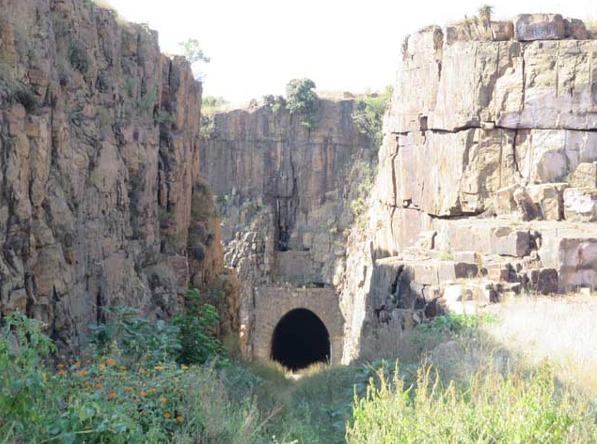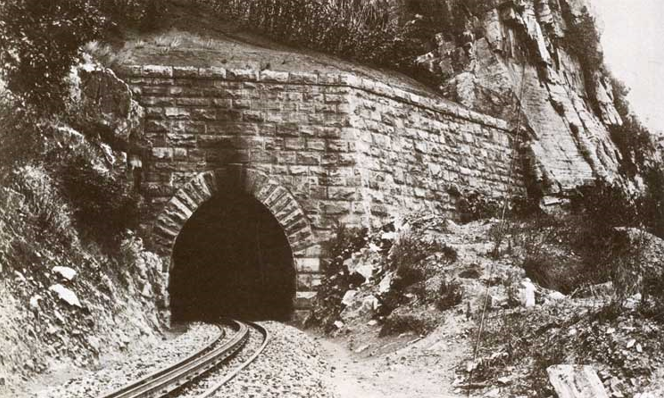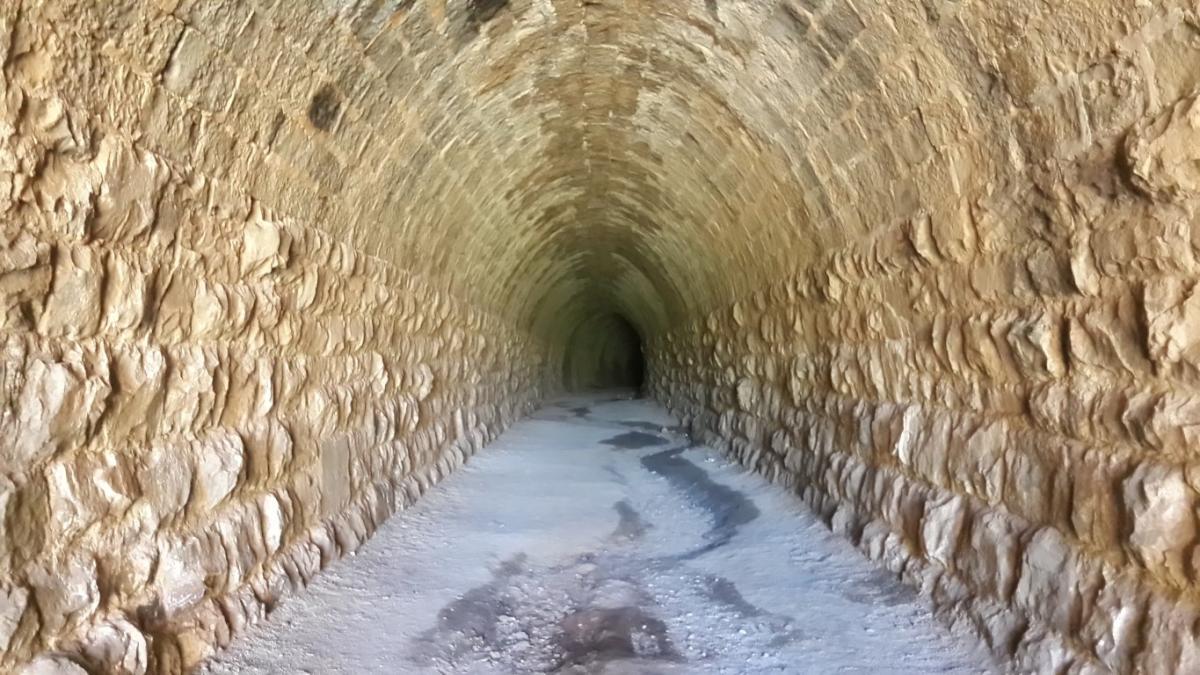
Last week it was my pleasure and good fortune to attend the launch of this project, or perhaps I should say the mid-stage of this survey, endeavour and adventure. This is a book in the making. At this moment it is a report, perhaps somewhat dry and very much a presentation of data, but already it transcends the report phase and is on it its way to a landmark book. As a physical book there are only 50 numbered collectors’ hard copies (and each one will become instantly collectable). However, modern technology means that the publication is downloadable as an e book and found for free online (click here to view).
Report Cover
The report cum book is a collaboration of the Department of Architecture of the University of Pretoria and the Embassy of the Kingdom of the Netherlands who have collaborated to identify, research, document and promote the shared heritage of the Netherlands and South Africa. In this instance the heritage is a physical one of tracking and tracing the residue and remnants of an early railway system.
The partnership of the Netherlands and the University of Pretoria has lasted four years and has now reached a level of confident maturity. UP stands on a reputation as a research partner that delivers an excellent product. Their first team book was the excellent Eclectic ZA Wilhelmiens (published in 2014 and awarded both a 2016 SAIA Award of Merit and of Excellence, a SAIA Mpumalanga Award of Merit in 2015 and both the PIA President’s Award and the SAPA Gold Award in 2015), a study of a shared Dutch Built Heritage in South Africa and this set the benchmark. The second report in this programme sustains the high quality and points to a further book demanding to be published.
Book Cover
The Netherlands Zuid Afrikaansche Spoorweg Maatschappij was an early railway company which pioneered railways in the Zuid-Afrikaansche Republiek or more colloquially called the Transvaal Republic, when the independent Kruger government made a bid for a railway system that attempted to evade and elude the British dominated Cape and Natal colonies’ railway pressures and have their own line to the coast. The Dutch company was floated in 1887 and its task was to construct and operate a railway network within the ZAR. In addition to the Rand Tram (there is a story as to why it was called a Tram and not a Train) the company successfully surveyed, developed and ran five lines. This was a crucial infrastructure to take the Boer Republic into the modern railway age. Sadly the company became a casualty of the Second Anglo Boer War and its assets were taken over by the Imperial Military Railways in 1900, following the occupation of Pretoria, and ultimately the company was dissolved in 1908. It was a Dutch company operating abroad, and in this case “abroad” meant the Transvaal.
The Netherlands South African Railway company was a pioneering enterprise in transport in the late 19th century. Their readiness to invest in a railway network linking the inland towns, the capital and the mining metropolis to the port cities over considerable distances in the face of a conservative Transvaal government showed courage and an appetite for risk. Railways were at the cutting edge of technology in the late 19th century and were an integral part of South Africa’s mineral revolution. Railways were the second great transport revolution (the first being canals in Europe). In the absence of much local industry (other than to satisfy local domestic needs) the coming of railways effectively represented an industrial revolution of a special type and was an essential component in the expansion and growth of the mining industry. Railways contributed hugely to immigration and inland migration from coast to the Highveld, displacing the ox wagon and stagecoach. Towns were founded, linked and travel times dropped dramatically.
The NZASM Footsteps along the Tracks report identifies, documents, records and rescues the heritage of the NZASM. As part of the spreadsheet format each structure has a statement of significance. There are 362 such listings. The modern government of the Netherlands has financed this sophisticated study in the programme to celebrate the shared cultural heritage and bonds of the Netherlands and South Africa. Hats off to Nicholas Clarke and Roger Fisher for landing this prestige research project. They were assisted by Siphiwe Simelane. They have documented and recorded in text and in photographs all of the extant structures of the six lines readily visitable in the public realm (some sections of line run through private nature reserves where walking along tracks could lead to close encounters of an unwanted kind). This is the residue and legacy of the NZASM. The project fits into industrial archaeology cum architectural research.
Nicholas Clarke and Roger Fisher (Swart 2016)
Roger Fisher instructing Siphiwe Simelane and Johan Swart
Many Johannesburg people will delight in this study because of the presence in our midst, of the important Park Halt or as it later became Johannesburg’s first station. It is more than simply a platform canopy. It was Johannesburg’s first railway station, manufactured in the Netherlands and imported in the 1890s. Today it is a forlorn stranded, abandoned cathedral of glass and iron but we anticipate new directions. Here is an opportunity to promote and push for this unique structure (it was one of those relics that was removed in the 1950s from Johannesburg to Esselen Park (near Kempton Park, Gauteng) and then relocated back to Johannesburg at least in part in the 1990s) to become a museum of African art in the spirit of the Parisian Musee d’Orsay perhaps? Or perhaps it would make an ideal railway museum. Here is an excellent example of a heritage relic waiting for a new lease of life and a grand purpose as a museum or an art gallery of international stature!
Old postcard of Park Station
The Old Park Station Canopy in 2015 ahead of the construction of new social housing in front of the structure.
The essential question is: after 130 years what remains of the extraordinary NZASM enterprise? Structures such as railway lines, bridges, railway stations, railway halts, railway houses, culverts, sheds, workshops, water tanks, embankments, viaducts, wells and railway tracks all survived and many are still in use. Clarke, Fisher and Simelane haves found them. This study should be seen as a sequel to the work of De Jong, Van der Waal and Heydenrych, who in 1988 published the seminal book NZASM 100: The Buildings, Steam Engines and Structures of the Netherlands South African Railway Company. This work updates and extends that earlier work and of course its focus is somewhat different.
Cover of the De Jong, Van der Waal and Heydenrych book – very collectable and priced at over R1000
The team surveyed previously unknown structures. I am impressed by the systematic and thorough nature of the documentation. An extensive database has been created and this information has been transferred to the South African Heritage Resources Agency’s SAHRIS database. In addition, the web platforms Dutch Footsteps (www.dutchfootsteps.co.za) and Artefacts (www.artefacts.co.za) have been expanded to include the project results. The report uses a variety of methodologies of desk top research, archival research and unearthing of plans and drawings, and field work where the authors and their teams traversed all of the countryside to see what remnants and evidence has remained in situ. They were the ones taking footsteps along the track as they walked each and every line.
A photograph by Roger Fisher of the Great Olifants River Bridge in Mpumalanga, still in use today.
This study will appeal to heritage people, tourism guides, local historians, vernacular architects and possibly also railway buffs. However, it is railway history without the trains and locomotives - the puff of steam is hard to detect. Instead it is a book about all the other structures, buildings, engineering features needed to keep those locomotives powered, fuelled, and running. This study is about a railway system's infrastructure. I don’t think the train enthusiasts should be disappointed, because it reminds us how demanding, expansive and extensive the grand enterprise of rail conquest of the world actually was. This is a study that shows that railways needed engineers and architects to partner with one another to make an economic impact. Besides there are plenty of train books! This book is far more unusual.
The best known of the NZASM structures was and still is the NZASM tunnel at Waterval Boven. It is romantic and has spun myths and legends about being the hiding place of the Kruger Millions. On family holidays to the Eastern Transvaal (as Mpumalanga was) it was a regulatory stop over to walk through that tunnel and a chance to take in spectacular scenery. How I wish I had had a guide like this to make one's gaze more penetrating and better informed.
Nicholas Clarke’s photo of the entrance to the NZASM tunnel
Source State archives in Pretoria. Eastern Entrance to the NZASM Tunnel – date unknown, photographer unknown. Reproduced on Artefacts.
As an economic historian, I would have liked more on the finances and profitability of the NZASM enterprise, but that would have meant adding another level of specialization to this study.
The authors have photographed every possible surviving structure and whilst the text illustrations are just thumbnails, there are some nice large illustrations in the introductory sections of each chapter.
Ultimately this report adds up to history with a purpose as it is the raw research that alerts heritage authorities to the assets of the countryside and to the possibility for future use and finding new purposes. The authors offer guidance for heritage preservation, and tourism by rail for example, or where and why built survivals might present opportunities. There’s a lot that is endangered, but with will, interest, passion determination and education here are wonderful architectural and industrial archaeological treasures that can be celebrated and championed. Here is a heritage that ought to be given World Heritage status. Investment ought to flow to bring tourists, travellers, railway fanatics to South Africa and at the same time make South Africans aware of a unique rail heritage. Rovos Rail or the Sandstone estate ought to be the new partners.
In summary I believe this report contributes to a recognition and appreciation and hopefully revitalisation of a built heritage, which is at risk.
Availability: no copies for sale. My thanks to the authors, Clarke and Fisher for the gift of a copy of this book.
Kathy Munro is an Honorary Associate Professor in the School of Architecture and Planning at the University of the Witwatersrand. She enjoyed a long career as an academic and in management at Wits University. She trained as an economic historian. She is an enthusiastic book person and has built her own somewhat eclectic book collection over 40 years. Her interests cover Africana, Johannesburg history, history, art history, travel, business and banking histories. She researches and writes on historical architecture and heritage matters. She is a member of the Board of the Johannesburg Heritage Foundation and is a docent at the Wits Arts Museum. She is currently working on a couple of projects on Johannesburg architects and is researching South African architects, war cemeteries and memorials. Kathy is a member of the online book community the Library thing and recommends this cataloging website and worldwide network as a book lover's haven.

